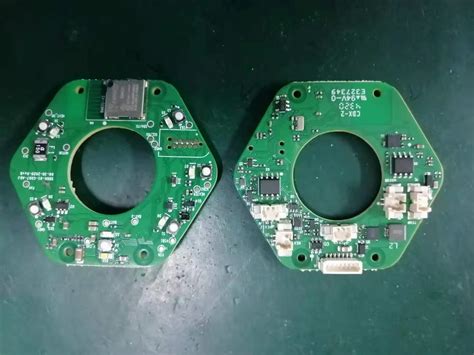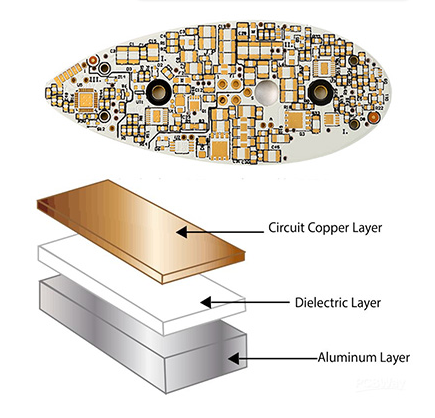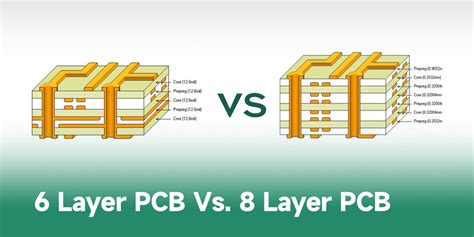Optimization of PCB Via Design: Techniques and Best Practices
Abstract
Printed Circuit Board (PCB) via design plays a critical role in determining the performance, reliability, and manufacturability of modern electronic systems. As PCBs continue to increase in complexity and density, proper via optimization becomes essential for signal integrity, power distribution, thermal management, and cost-effective production. This paper examines the fundamental aspects of via design, analyzes various via types and their applications, and presents comprehensive optimization strategies for different design scenarios. We discuss key considerations including signal integrity, power integrity, thermal management, manufacturability, and cost factors. The paper also explores advanced via technologies and provides practical guidelines for PCB designers to achieve optimal via implementation in their designs.
1. Introduction
1.1 Importance of Via Design in Modern PCBs
In contemporary PCB design, vias serve as the vertical interconnection channels that enable routing between different layers of multilayer boards. With the continuous trend toward higher speeds, higher densities, and more complex designs, via optimization has become a crucial aspect of PCB development. Poor via design can lead to signal integrity issues, power delivery problems, thermal bottlenecks, and manufacturing defects—all of which can significantly impact product performance and reliability.
1.2 Challenges in Via Design
Modern PCB designers face numerous challenges when implementing vias:
- Maintaining signal integrity at high frequencies
- Ensuring adequate power delivery to all components
- Managing heat dissipation in dense layouts
- Accommodating increasing I/O counts in smaller form factors
- Balancing performance requirements with manufacturing constraints
2. Via Fundamentals
2.1 Via Types and Characteristics
PCB vias can be categorized into several types, each with specific characteristics and applications:
2.1.1 Through-hole Vias
The most common via type that passes completely through the PCB. These vias are mechanically robust but consume significant board space.
2.1.2 Blind Vias
Connect an outer layer to one or more inner layers but do not pass through the entire board. These help conserve space but increase manufacturing complexity.
2.1.3 Buried Vias
Connect inner layers without reaching either outer layer. These enable higher routing density but require sequential lamination processes.
2.1.4 Microvias
Smaller vias (typically <150µm) used in high-density interconnect (HDI) designs. They can be stacked or staggered to create connections through multiple layers.
2.2 Via Structure and Parameters
Key parameters that define via characteristics include:
- Diameter (hole and pad)
- Aspect ratio (depth to diameter)
- Plating thickness
- Fill material (air, epoxy, conductive paste)
- Antipad size
- Capture pad design

3. Signal Integrity Considerations
3.1 Impedance Matching
Vias introduce impedance discontinuities that can cause signal reflections. Optimization techniques include:
- Maintaining consistent impedance through proper via sizing
- Using back-drilling to remove unused via stubs
- Implementing via stitching for high-speed signals
3.2 Crosstalk Mitigation
Strategies to minimize crosstalk between vias:
- Maintaining adequate spacing between signal vias
- Using ground vias as shields between sensitive signals
- Implementing differential via pairs with proper spacing
3.3 High-Frequency Effects
At higher frequencies, additional considerations become important:
- Skin effect and its impact on via current carrying capacity
- Resonance effects in via structures
- Frequency-dependent loss characteristics
4. Power Integrity Optimization
4.1 Power Delivery Network (PDN) Design
Vias play a critical role in PDN performance:
- Sufficient via count to minimize impedance in power paths
- Proper distribution of power and ground vias
- Via placement near decoupling capacitors
4.2 Current Carrying Capacity
Factors affecting via current capacity:
- Plating thickness and quality
- Via diameter and quantity
- Thermal management considerations
4.3 Return Path Management
Ensuring adequate return paths for signals:
- Ground via placement adjacent to signal vias
- Minimizing return path discontinuities
- Managing split plane crossings

5. Thermal Management Considerations
5.1 Heat Dissipation Through Vias
Thermal vias can significantly improve heat transfer:
- Via arrays under heat-generating components
- Filled and plugged via technologies for better thermal conduction
- Connection of thermal vias to internal ground planes
5.2 Thermal Expansion Considerations
Managing CTE (Coefficient of Thermal Expansion) mismatch:
- Via wall thickness optimization
- Fill material selection
- Via pattern distribution
6. Manufacturing and Reliability Aspects
6.1 Design for Manufacturing (DFM)
Key DFM considerations for vias:
- Minimum via size based on fabrication capabilities
- Aspect ratio limitations
- Pad size requirements
- Drill-to-copper spacing rules
6.2 Reliability Enhancements
Techniques to improve via reliability:
- Proper via tenting to prevent solder wicking
- Via-in-pad design considerations
- Stress relief techniques for high-reliability applications
6.3 Advanced Via Technologies
Emerging via technologies for improved performance:
- Laser-drilled microvias
- Conductive via fills
- Aspect ratio improvements
- Via-in-via technologies
7. Cost Optimization Strategies
7.1 Via Count Reduction
Balancing performance with cost:
- Minimum via count without compromising performance
- Layer count versus via complexity trade-offs
- Via sharing strategies where appropriate
7.2 Process Selection
Choosing the most cost-effective via implementation:
- Standard through-hole versus HDI microvias
- Mechanical drilling versus laser drilling
- Sequential lamination requirements

8. Practical Design Guidelines
8.1 General Best Practices
- Use the largest via size that meets electrical requirements
- Maintain consistent via placement patterns
- Follow manufacturer’s design rules strictly
- Document special via requirements clearly
8.2 High-Speed Design Recommendations
- Minimize via stubs through back-drilling or layer selection
- Use via fences for shielding when needed
- Consider differential via pair geometry carefully
- Simulate critical via structures
8.3 Power Distribution Guidelines
- Distribute power vias evenly across the board
- Provide multiple parallel vias for high-current paths
- Place vias close to component power pins
- Ensure adequate ground return vias
9. Future Trends in Via Design
9.1 Emerging Technologies
- 3D printed electronics and novel via formation methods
- Advanced materials with better electrical and thermal properties
- Heterogeneous integration techniques
9.2 Design Automation
- AI-assisted via placement optimization
- Automated DFM checking for via structures
- Improved via modeling in simulation tools
10. Conclusion
Optimizing PCB via design requires careful consideration of multiple interdependent factors including electrical performance, thermal management, mechanical reliability, and manufacturing constraints. By understanding the fundamental principles and applying systematic optimization techniques, designers can achieve robust via implementations that meet all design requirements while maintaining cost-effectiveness. As PCB technology continues to evolve, staying informed about emerging via technologies and design methodologies will remain essential for creating competitive, high-performance electronic products.
Future developments in materials, manufacturing processes, and design tools will likely provide even greater flexibility in via implementation, enabling continued progress in PCB miniaturization and performance enhancement. However, the basic principles of proper via design—attention to signal and power integrity, thermal considerations, and manufacturability—will remain foundational to successful PCB design.






